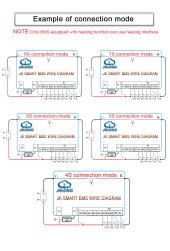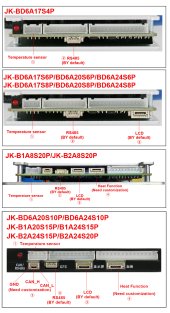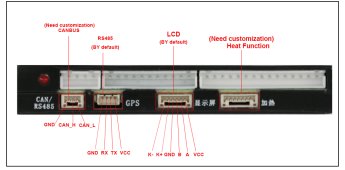Nami, with a 12V 4S battery, the maximum heating power which can be provided (by an optimal "heating pad") in your diagrams, from
post #25, is 36 watts. The 22 watt heating pad which I have in hand is compatible, and I can test in the configuration which you have shown.
But a more powerful "12V" heater pad (or multiple small ones, as I have) can use slightly different wiring: Your circuit would drive the coil of a "Normally Open" relay, and a separate circuit through the power pins of the relay would drive the heater pads. Your circuit would only need to drive the Relay Coil, with hardly any power at all.
On the "power" leads of a single Relay, a mere "30A" Relay could support up to 360 Watts @ 12.0 Volts. (Common sense will limit total heater power directed towards the battery cells to a much smaller value.) Following Review Test of your BMS in your configuration, I would switch to my configuration, using the Relay to drive (3) parallel heater pads on separate battery packs.
The two other pads are already present on my previous battery packs, now being driven by an external temp controller. Your new BMS (on the new battery) could completely eliminate the current temp controller and related wiring.





